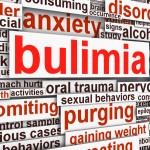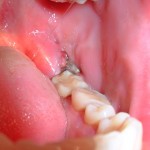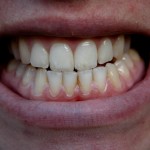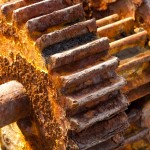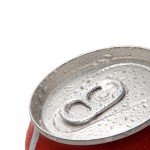
This review of 13 observational studies found support for an association between the carbonated drinks, natural acidic fruit juices, and confectionery and snacks in addition to a higher risk of tooth erosion and a reduced risk in those with high consumption of milk and yogurt.
[read the full story...]
